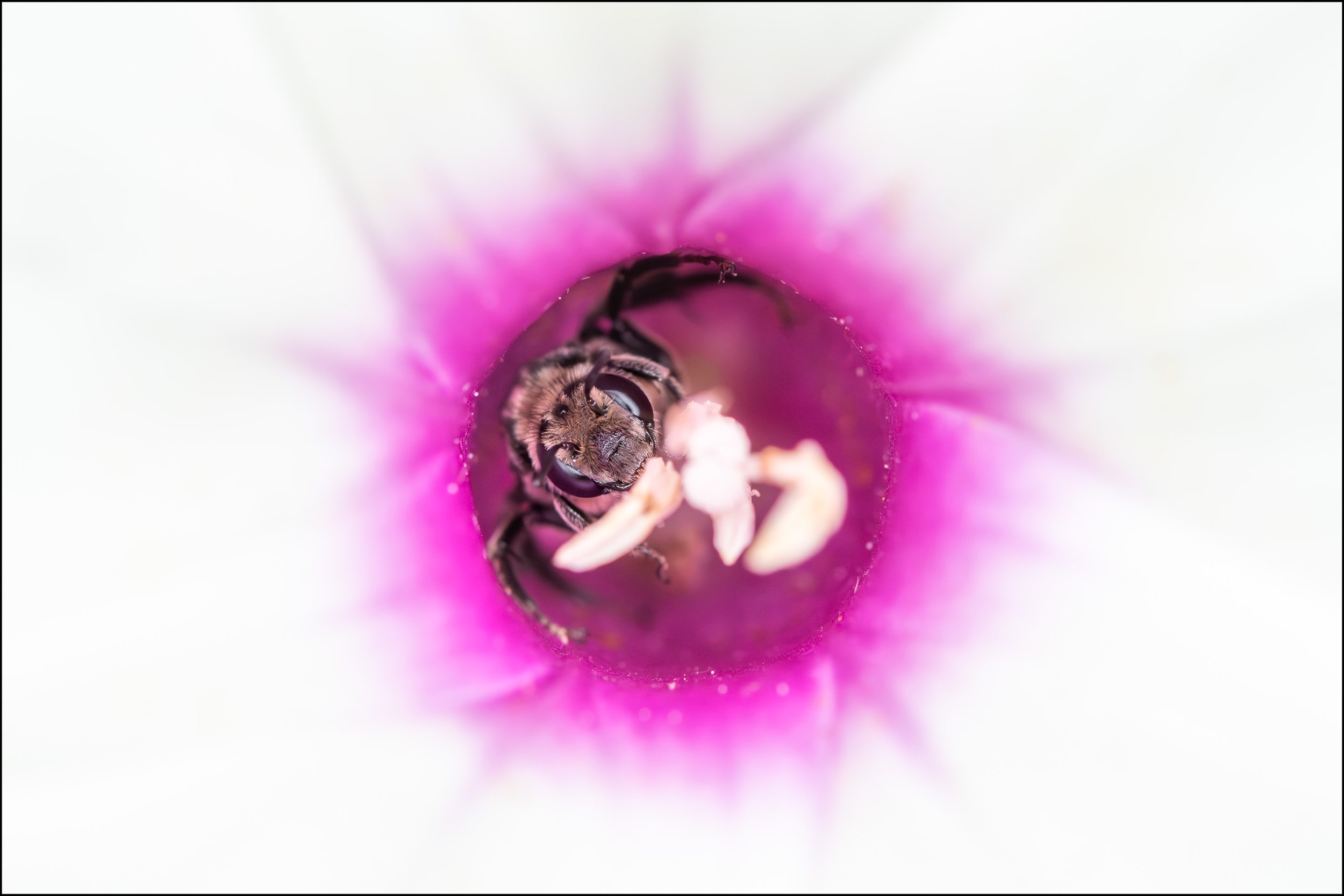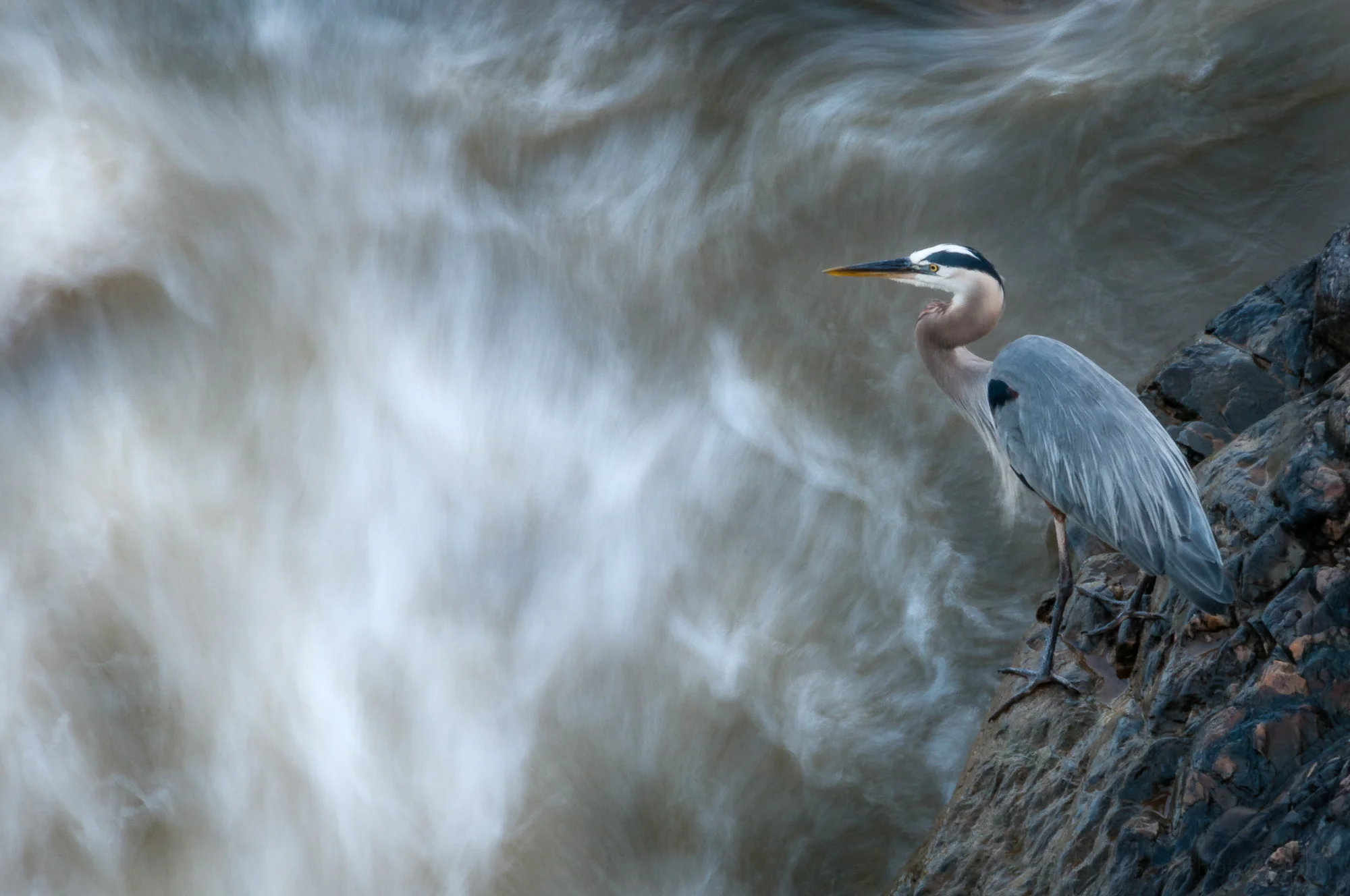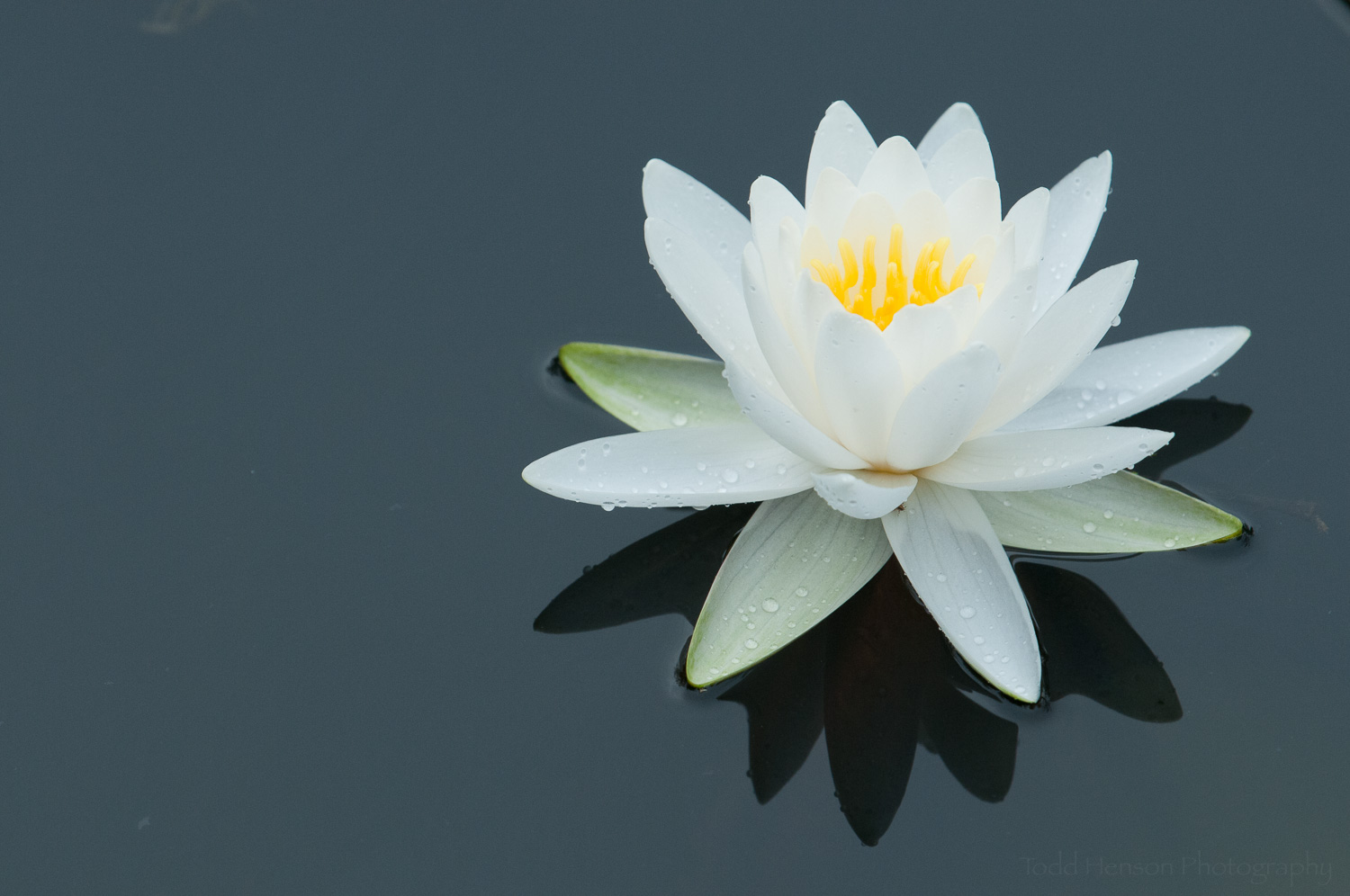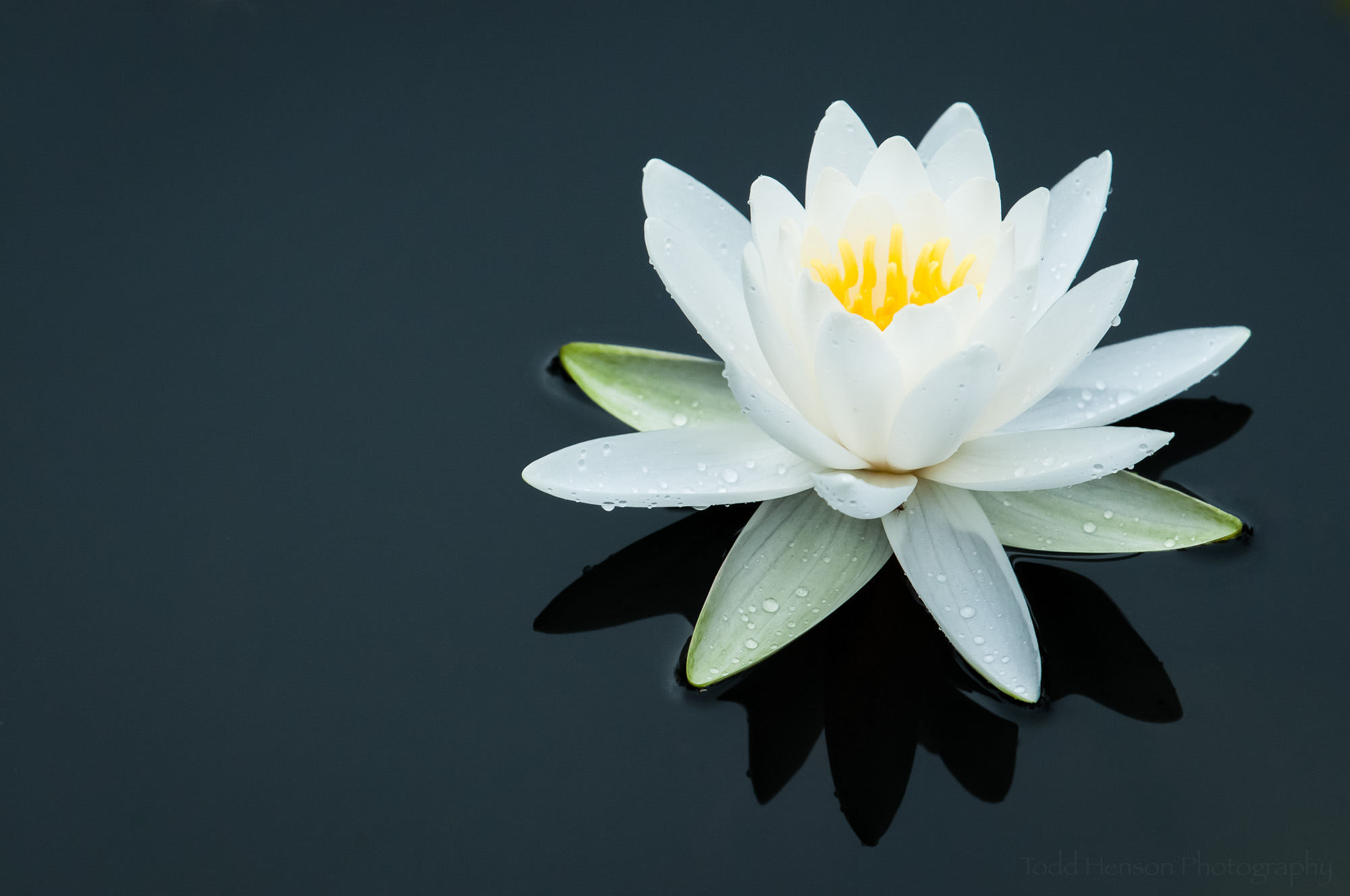Female Red-Winged Blackbird stretching between two cattails.
One of my regular locations is a park that includes a large area of wetlands, with boardwalks over some areas of water. Parts of the park would fill with cattails. Later in the year, when the cattails had turned brown and the puffy tails were falling off, Red-winged Blackbirds would flock amongst them, pulling off fibers from the aging cattails.
On this day I found a location where several female Red-winged Blackbirds were gathered. They were flying from cattail to cattail. I watched and photographed them, enjoying their acrobatics as they moved amongst the cattails.
One particular blackbird caught my eye. She was on a cattail spaced not far from a couple others. Instead of hopping or flying to the other cattail, as most of the other blackbirds were doing, she stretched her legs apart until she was straddling both cattails, with a piece of fiber in her beak. I was fascinated by the sight. She reminded me of movies with Jean-Claude Van Damme, when he hides on the ceiling of a hall, legs spread apart holding himself up. Amazing acrobatics!
I love spending time observing wildlife. It’s always full of surprises. Have you observed any amazing wildlife behaviors? Comment below and let me know.
Stretching Between The Cattails is available for purchase as wall art or on a variety of products.
Do you enjoy these posts?
Sign up to receive periodic emails with updates and thoughts. Don’t worry, I won’t spam you. And please consider purchasing artwork or products from my online store, and using my affiliate links in the sidebar to the right when shopping online.
I appreciate your support!





























